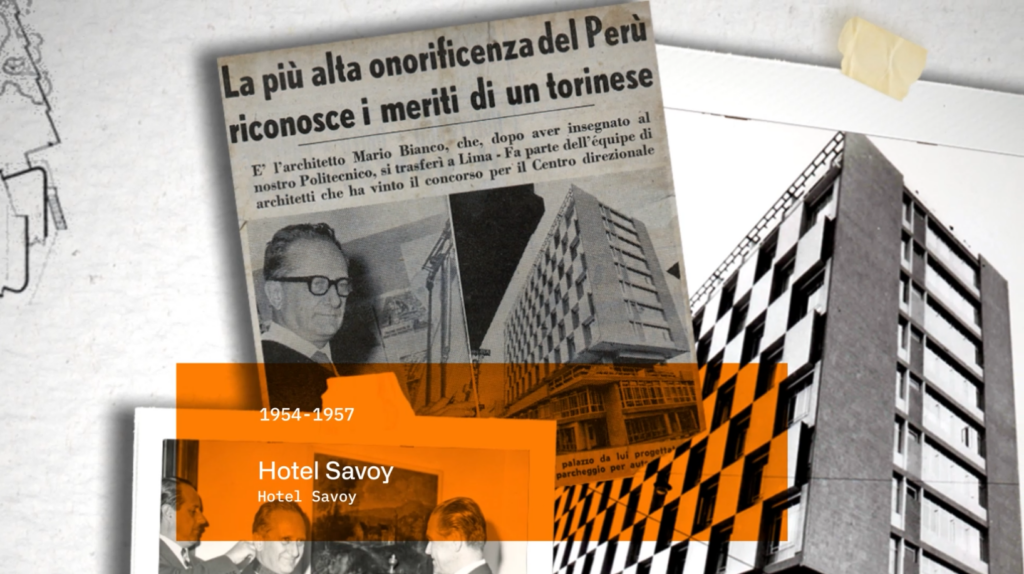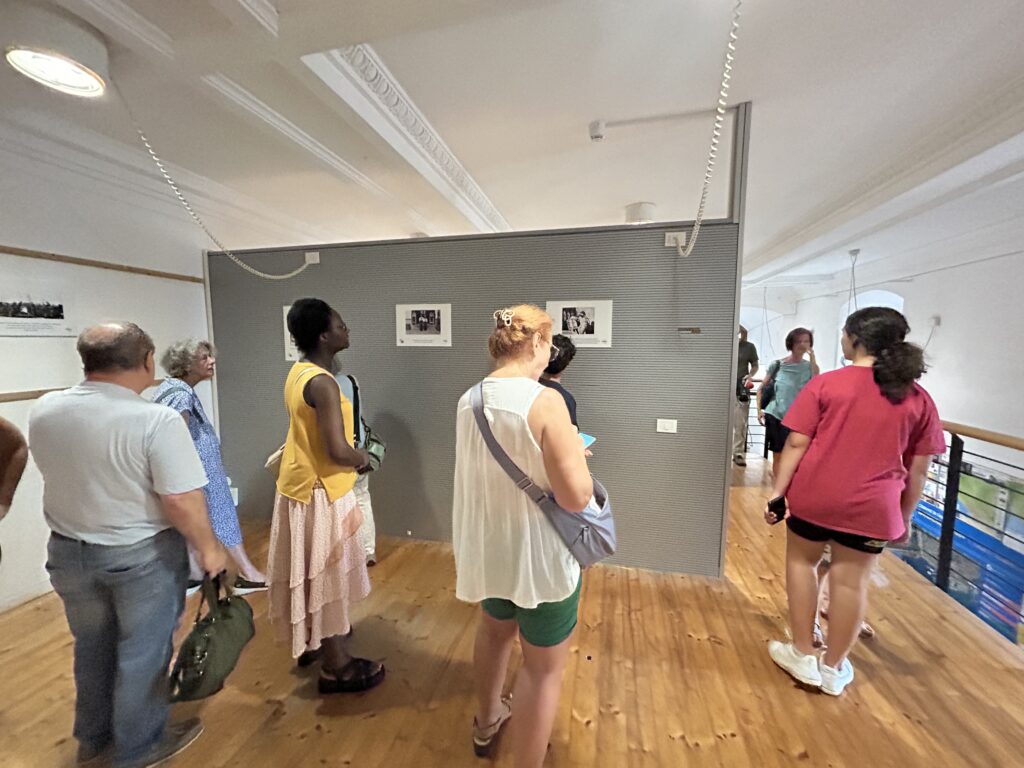The exhibitions proposed by the MEI – Museo Nazionale dell’Emigrazione Italiana (National Museum of Italian Emigration) as part of the Peru and Ligurians in the World Festival were inaugurated on Saturday 27 July at 6 p.m. in the presence of Silvia Stanig, Councillor for Culture of the Chiavari Municipality, Anna Maria Saiano, a member of the MEI Board of Directors, and Andrea Pedemonte, contact person of Italea Liguria. The event was created in 1923 to celebrate the link between Liguria and Peru and to remember all emigrants who left for the Americas in search of fortune. The initiative, which is part of the MEI’s broader promotion project in Italy and abroad, will also include the screening of a number of MEI promotional spots featuring Luca Vullo, the ambassador of Italian gestures in the world, who, thanks to his gestures alone, narrates and invites visitors to the Museum. It is gesture, in fact, that first allowed so many emigrants to interact in the countries that were welcoming them.

Inside Chiavari’s Torre Civica, with entrance from Via della Cittadella, two exhibitions were set up for the event.
The first concerns the screening of the multimedia video ‘ITALIAN ARCHITECTURE IN LIMA’, realised by the company ETT, technical partner of the MEI, which starting from the book Lima la moderna (1937-1969). European Migrations and Peruvian Architecture by the architect Javier Atoche Intili, recounts the participation of Europeans and, in particular, of important Italian builders and designers, in the expansion and architectural modernisation of Lima, starting from the territorial planning and architectural design on the land freed by the demolition of the city walls in the second half of the 19th century, passing through the reconstruction of the capital and the port of Callao after the earthquake of 24 May 1940, to the introduction of new architectural typologies, such as multi-storey buildings.
As Javier Atoche Intili himself points out, ‘the narration of the lives of the Italians who migrated to Peru serves to complete an important part of the collective memory of both countries and to recall the enormous impact that these experiences had on the lives of the protagonists and on the urban development of the city of Lima’.
The video is part of the contents of the “MEI Experience Room”, the immersive multimedia experience on Italian emigration conceived and realised by the Fondazione MEI – Museo Nazionale dell’Emigrazione Italiana on the occasion of the world tour of the ship Amerigo Vespucci and curated by ETT, a Genoese company of Gruppo SCAI, which designs and produces multimedia installations for culture, tourism and events at an international level.

Also inside the Torre Civica is the photographic exhibition ‘Giovanni Battista Passano. From the Ligurian Sea to Lake Titicaca‘, which narrates the adventure of the Passano family through period photographs.
Giovanni Battista Passano was born in 1884 in Passano, a small village in the hamlet of Deiva Marina. He emigrated to Peru in 1906, when he was very young, and settled on the edge of Lake Titicaca, where there were other Italians. In 1910 the Genoese Andrea Ratti lent him 1,000 pounds of gold with an agreement that was only sealed with a handshake. With the loan, Giovanni Battista Passano returns to Genoa and buys a boat, takes it disassembled to Peru and then assembles it on Lake Titicaca, taking other Italians with him. Giovanni Battista Passano became an entrepreneur and important figure and received an important award from the President of Peru for his various merits. He imports important brands of cars, bicycles and confectionery into Peru from Italy.
One of his sons, Juan Passano Gironzini (mother from Como) marries Gilda Zanca Barbagelata (father from Palermo and mother from Rapallo). Thanks to their son Juan Passano Zanca, grandson of Giovanni Battista Passano, who collected these photographs, it was possible to set up this exhibition in collaboration with Italea Liguria.
‘An opportunity that is the result of the historical research work carried out by the MEI, which thus wanted to enrich a festival that the town of Chiavari has preserved over the years. An attention to the roots that we appreciate and support. The history of Chiavari has in fact merged with that of Peru with compelling stories that we wanted to make known to the general public,’ emphasises Paolo Masini, president of the MEI Foundation. The exhibition, made possible thanks to the contribution of the Tourism Department and the sensitivity of Gianluca Ratto, can be visited from 27 July to 10 August. Also present at the opening was Sandra Passano, a citizen of Chiavari and one of the heirs of this fascinating history.
